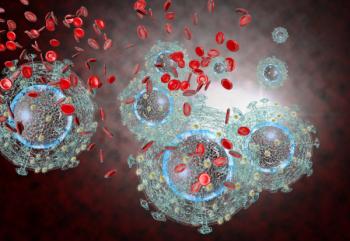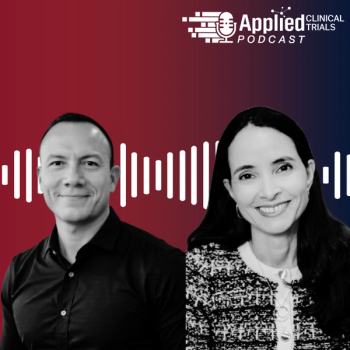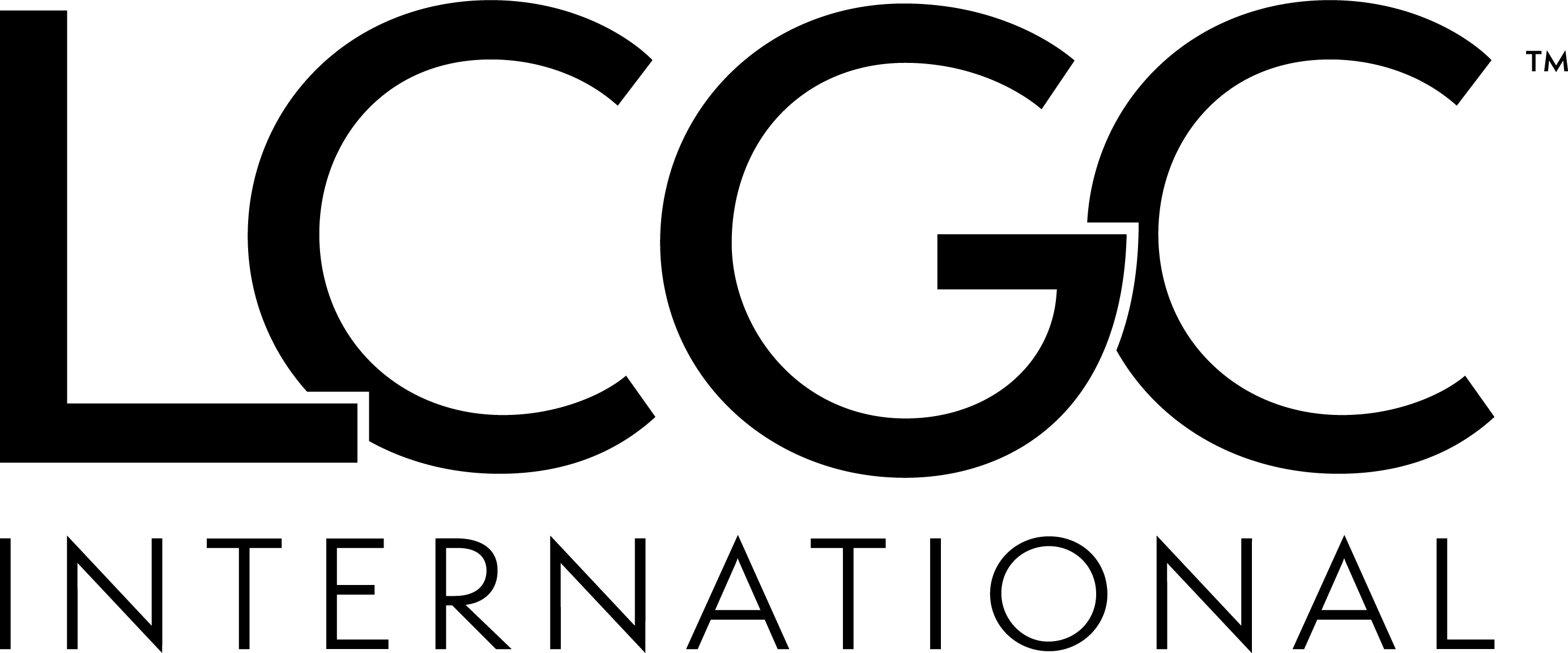
Praxis Awarded Patient Recruitment Contract For International Type 2 Diabetes Study
There are currently an estimated 171 million individuals worldwide with a diagnosis of type 2 diabetes and that number is expected to grow. These statistics only highlight the need for new compounds and forms of treatment for type 2 diabetes and explains why metabolic disorders fall within the top 5 therapeutic areas currently of being studied.
“Praxis’ historical successes in recruiting for type 2 diabetes made the opportunity to be a part of this study even more exciting,” said Praxis President and CEO, David Fox. “With so many competing treatment options for individuals with type 2 diabetes, a well thought out and strategic recruitment effort was clearly needed to ensure a timely enrollment. We look forward to seeing this trial through to success.”
A full compliment of marketing and communications tools will be implemented in the U.S. and five other participating countries, based on strategic predictive modeling data from PraxisDirect, Praxis’ real-time study management software.
Newsletter
Stay current in clinical research with Applied Clinical Trials, providing expert insights, regulatory updates, and practical strategies for successful clinical trial design and execution.






.png)



.png)



.png)
.png)
